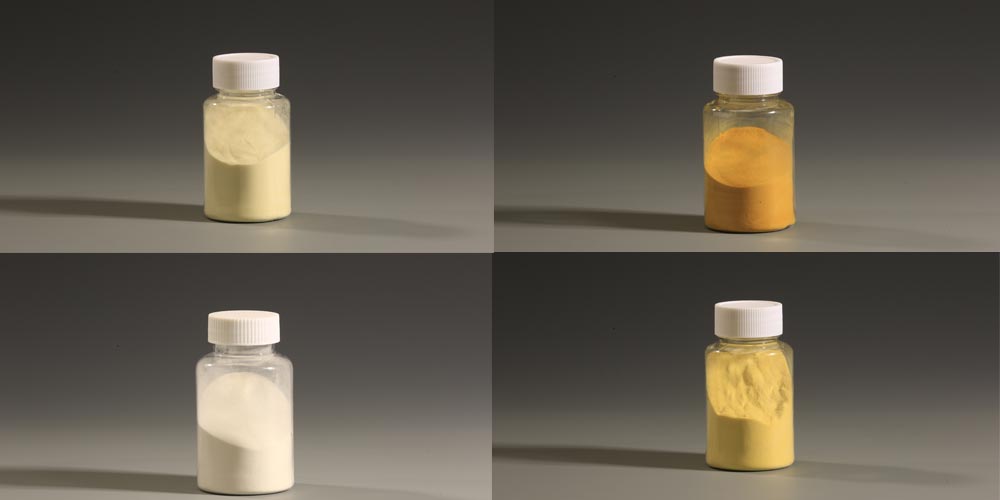When purchasing Polyaluminum Chloride (PAC), a widely used coagulant in water treatment processes, several key indicators should be evaluated to ensure the product meets the required standards and is suitable for its intended application. Below are the main indicators to focus on:
1. Aluminum Content
The primary active component in PAC is aluminum. The effectiveness of PAC as a coagulant largely depends on the concentration of aluminum. Typically, the aluminum content in PAC is expressed as a percentage of Al2O3. High-quality PAC generally contains between 28% to 30% Al2O3. The aluminum content should be sufficient to ensure effective coagulation without excessive use, which can lead to economic inefficiency and potential adverse effects on water quality.
2. Basicity
Basicity is a measure of the degree of hydrolysis of the aluminum species in PAC and is expressed as a percentage. It indicates the ratio of hydroxide to aluminum ions in the solution. PAC with a basicity range of 40% to 90% is usually preferred for water treatment applications. A higher basicity often implies more efficient coagulation but must be balanced against the specific requirements of the water treatment process to avoid over or under-treatment.
4. Impurity Levels
The presence of impurities such as heavy metals (e.g., lead, cadmium) should be minimal. These impurities can pose health risks and affect the performance of PAC. High-purity PAC will have very low levels of such contaminants. The specification sheets provided by manufacturers should include information on the maximum allowable concentrations of these impurities.
6. Form (Solid or Liquid)
PAC is available in both solid (powder or granules) and liquid forms. The choice between solid and liquid forms depends on the specific requirements of the treatment plant, including storage facilities, dosing equipment, and ease of handling. Liquid PAC is often preferred for its ease of use and quick dissolution, whereas solid PAC might be chosen for long-term storage and transportation advantages. However, the shelf life of liquid is short, so it is not recommended to buy liquid directly for storage. It is recommended to purchase solid and make it yourself according to the ratio.
7. Shelf Life and Stability
The stability of PAC over time affects its performance. High-quality PAC should have a stable shelf life, maintaining its properties and effectiveness over extended periods. Storage conditions, such as temperature and exposure to air, can impact the stability, so PAC should be stored in a cool, dry place in sealed containers to preserve its quality.
8. Cost-Effectiveness
In addition to product quality, it is also necessary to consider the cost-effectiveness of procurement. Compare the prices, packaging, transportation, and other factors of different suppliers to find products with suitable cost-effectiveness.
In summary, when purchasing polyaluminum chloride, it is essential to consider aluminum content, basicity, pH value, impurity levels, solubility, form, shelf life, cost-effectiveness, and regulatory compliance. These indicators collectively determine the suitability and efficiency of PAC for various water treatment applications.
Post time: May-31-2024


